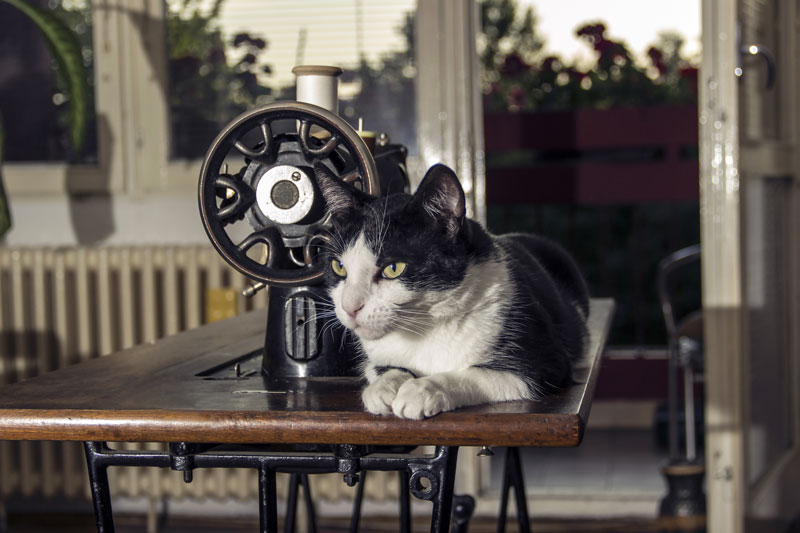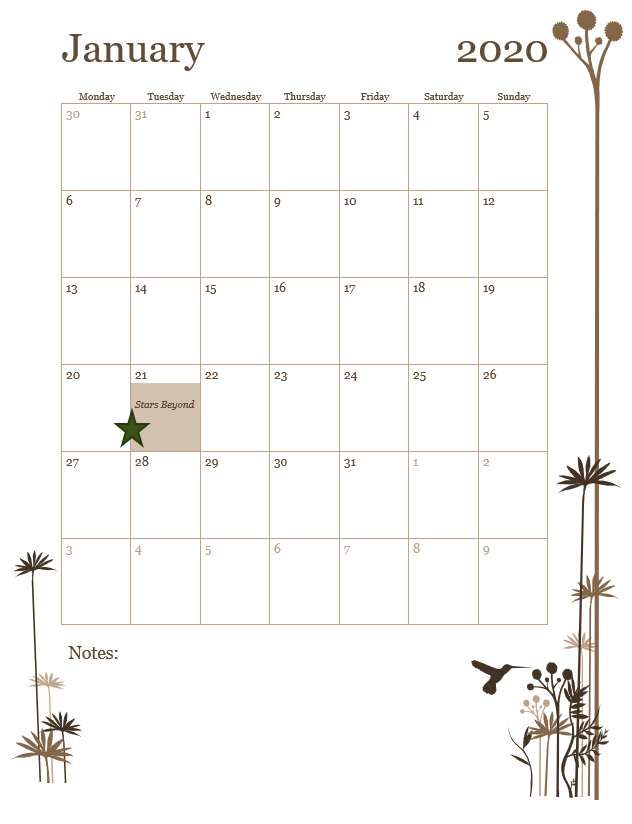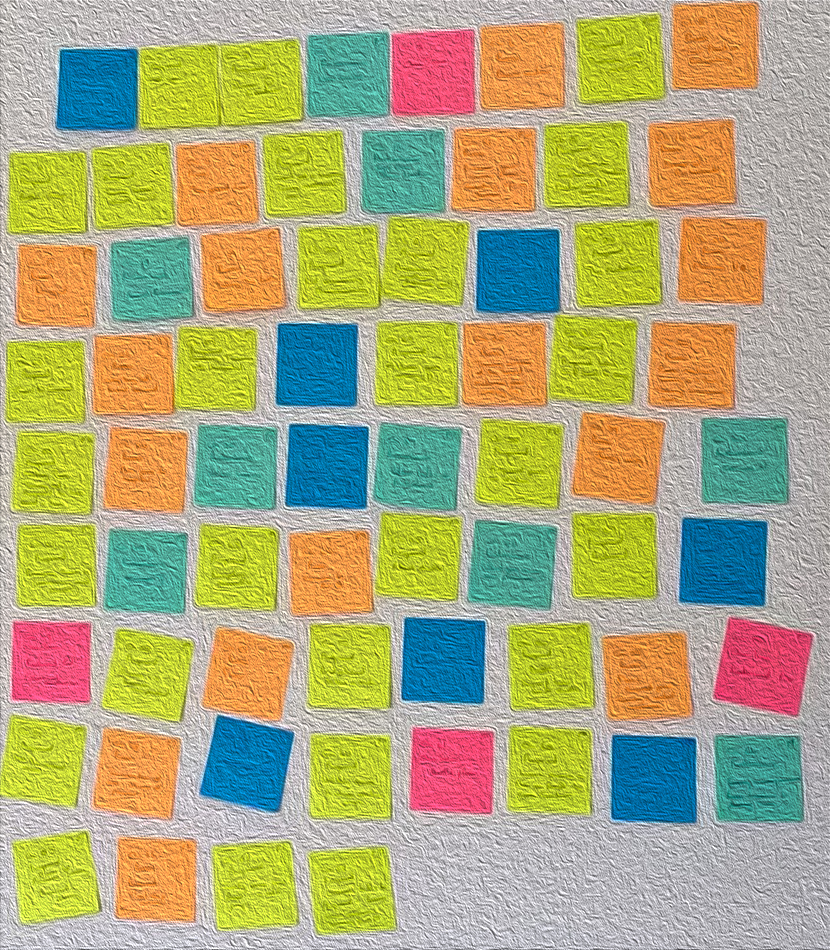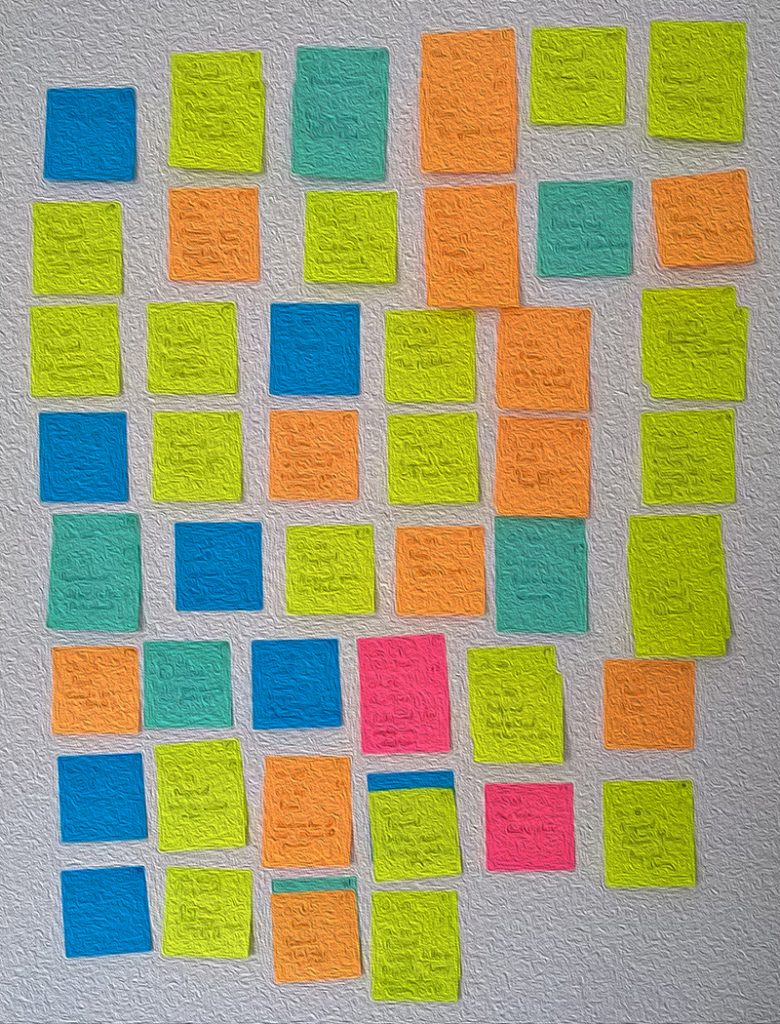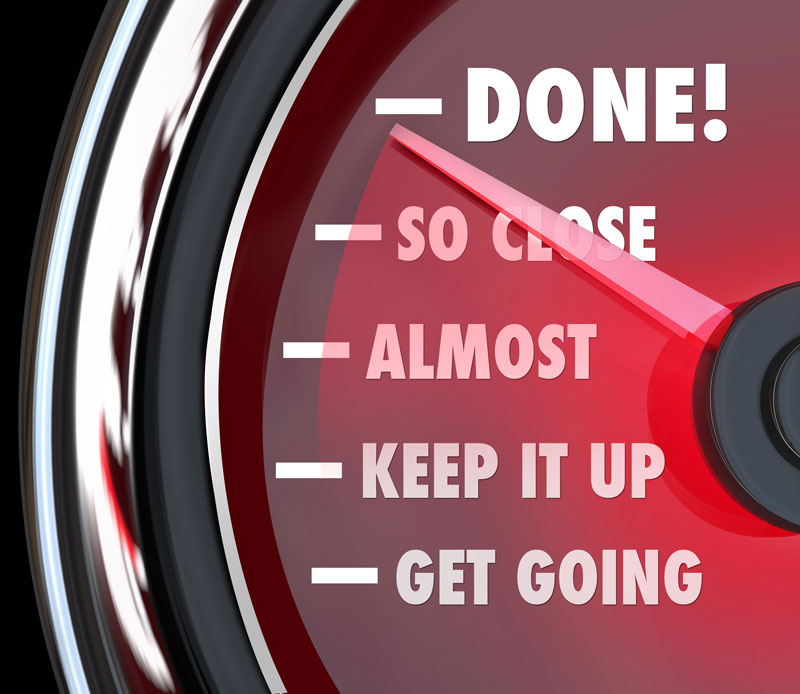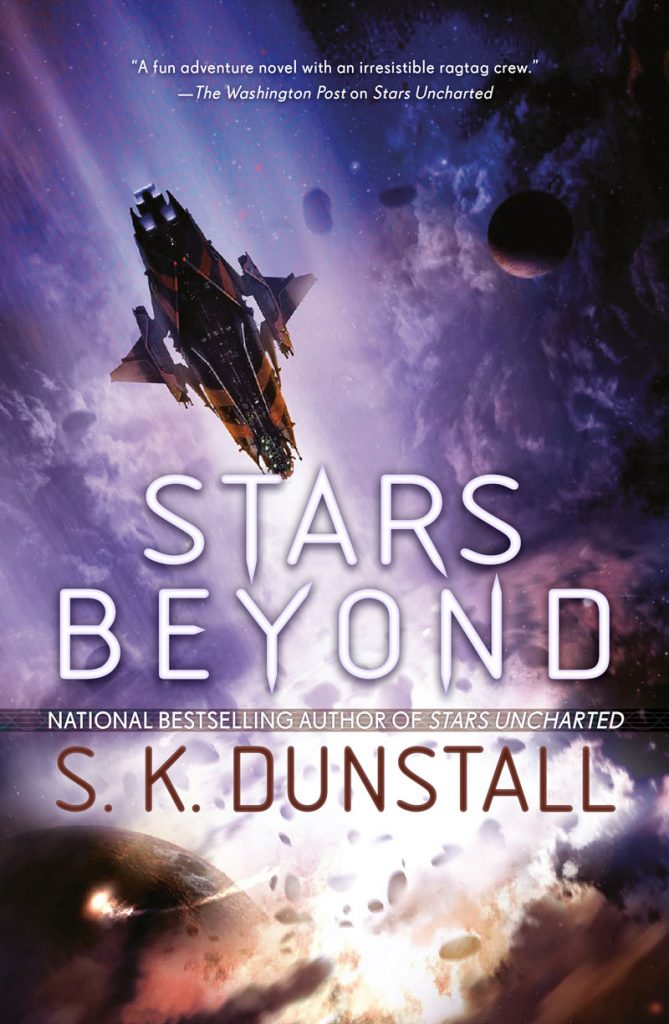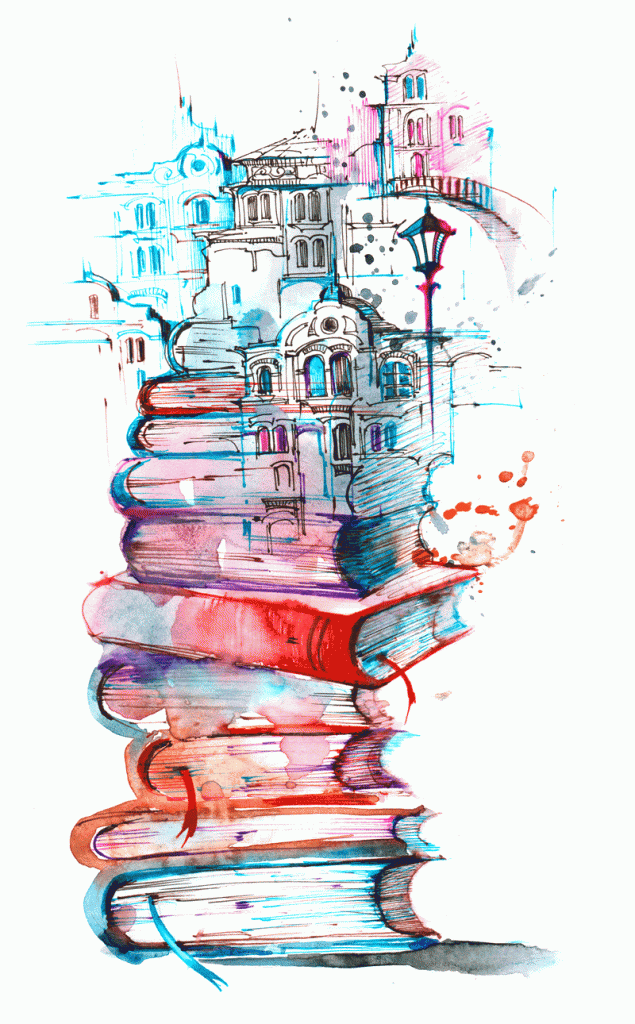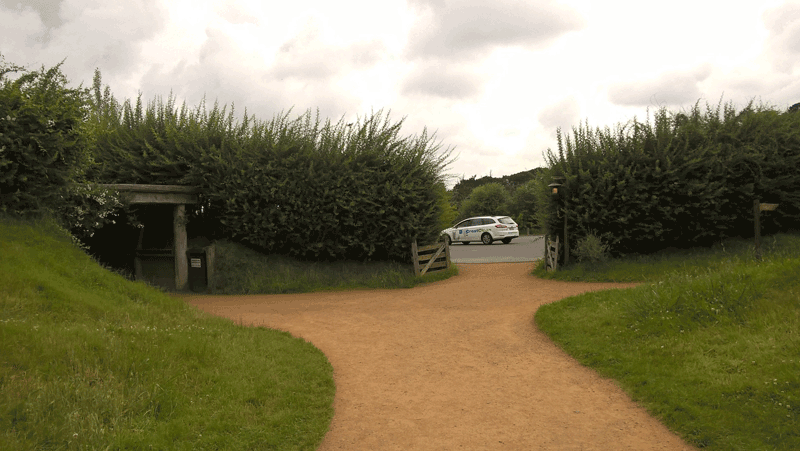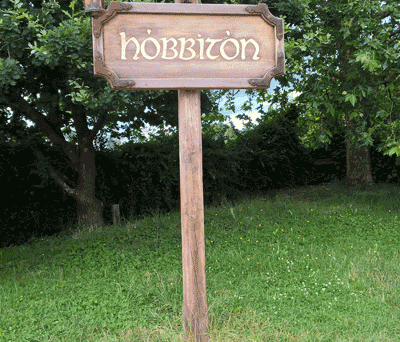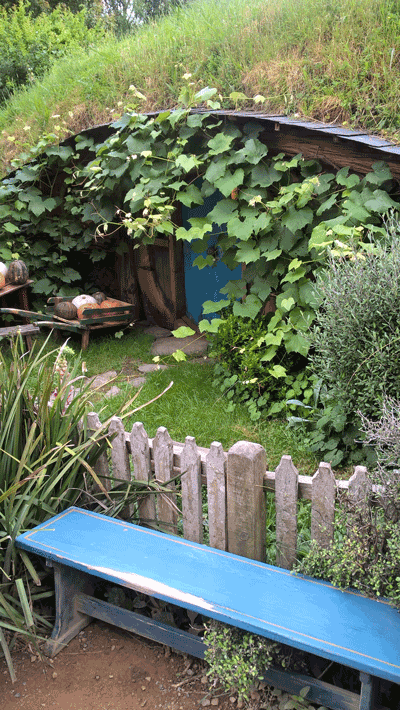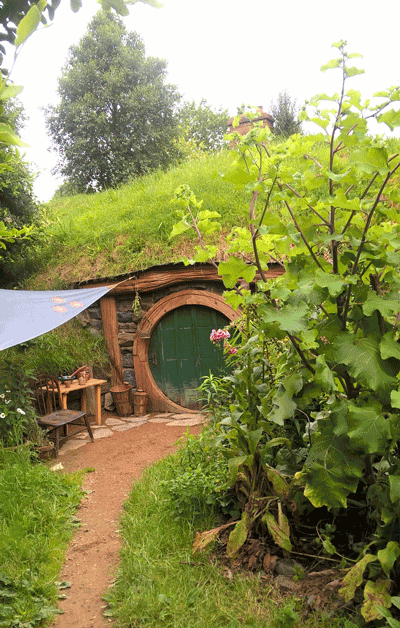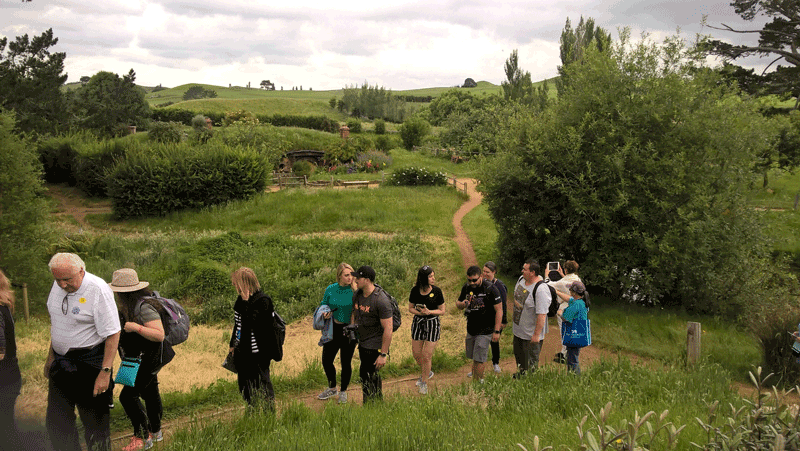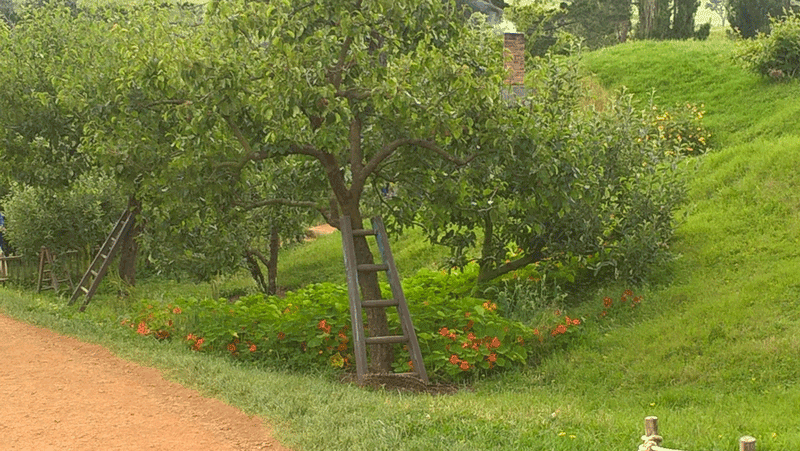
I’m a supporting member of Worldcon, which means I don’t get to go to the conference, but I do get to nominate and vote for the Hugo awards.
I read somewhere that less people nominate than vote for the awards, so since I’ve been a member I make a point of nominating, rather than just voting.
I feel as if I haven’t read a lot of the favorites this year. I’m not sure why. Whether we were just too busy writing, or whether I simply read a lot of old books. For example, I read Katherine Addison’s The Goblin Emperor twice. Cried both times, for all that it’s such a hopeful book. Maia is such a beautiful person.
But, that’s not talking about books I’ve read that are eligible to be nominated for this year’s Hugos.
Novels
I enjoyed John Scalzi’s The Collapsing Empire.
I read Naomi Novik’s Spinning Silver. I liked it better than I liked Uprooted, so that’s on my list.
C. L. Polk’s Witchmark, which I thought nobody but me had read by the publicity it was getting, but suddenly it’s popping up on a lot of lists—including the Nebula list.
There are a few 2018 books I have bought to read but haven’t yet. And I can’t vote for our own book, even though it was published last year, too. That would be unethical. So I’ll probably stick with nominating the three above. Unless I get caught up on some reading between now and the middle of the month.
Novellas
No question here. Martha Well’s Murderbot series. Artificial Condition, which was book two, and Rogue Protocol. Of the two, I preferred Rogue Protocol the most, but I enjoyed them both.
I read somewhere that in a book series like this, people often prefer the last book in the series. I don’t know how true that is, but I did think book three was best (out of two and three. All Systems Red is still my favorite.)
I’m voting for both of these.
If I get time I’d like to read Aliette de Bodard’s The Tea Master and the Detective. I’m intrigued by that one.
Best professional editor long form
It’s no surprise to say one of my nominees will be Anne Sowards. She’s our editor, and she’s great. If you want to see a list of books she edited in 2018, it’s here.
Best series?
I’m still thinking that one through. Still finding my way around the rules on that one.
Best movie
This wasn’t a big year for movies for me. I enjoyed Black Panther.
I won’t nominate Infinity War. It had some good parts, but it was too bitsy for me. There were too many characters to allow one storyline to shine. Except Thanos, so I suppose it was really Thanos’s story. If it was Thanos’s story, then the storyline complete.If it was an Avenger story, it didn’t. Most frustrating.
John W. Campbell
As for the best YA and the Campbell award, I’m still thinking these through. We’ll see what I’ve decided come March 15.
